A Full Moon could cut into some viewing opportunities, but the peak still could bring some bright fireballs.
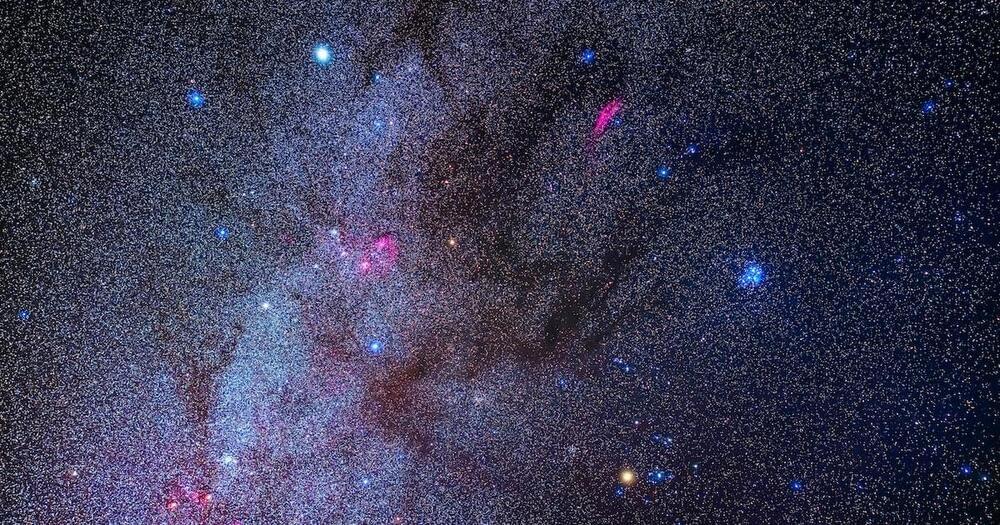

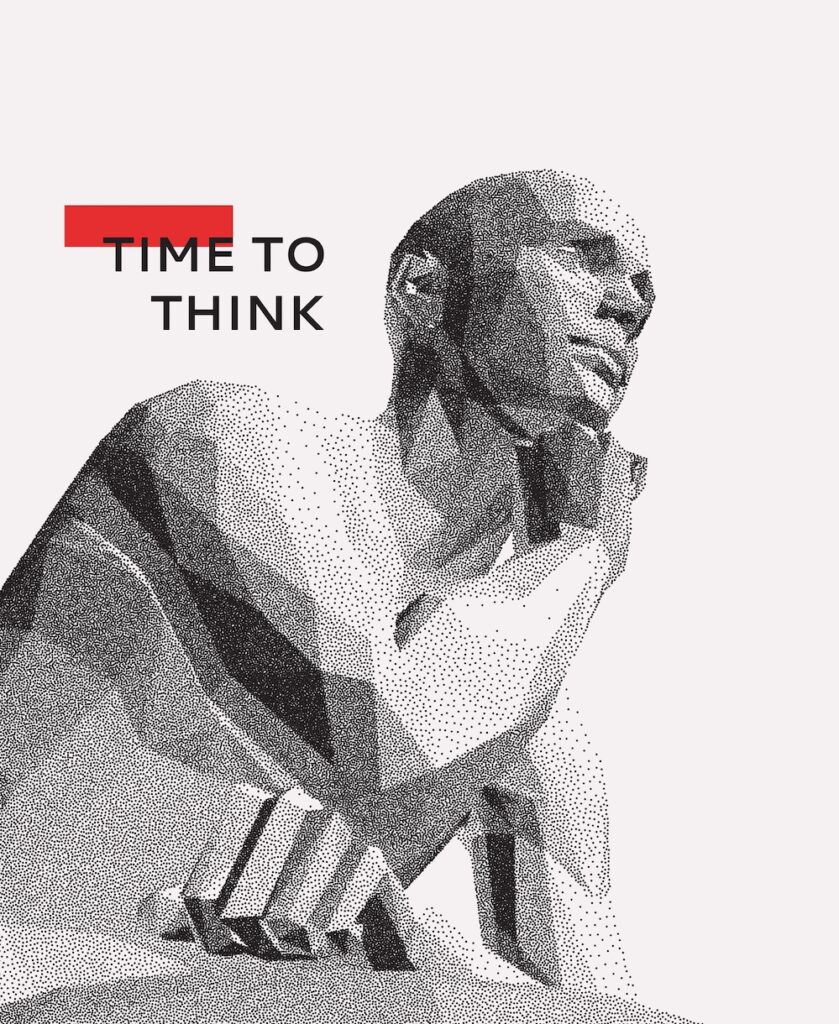
Elon Musk doesn’t follow the same standards that most entrepreneurs do. He’s different, he likes to be different!
And when you’re different, and you’re not afraid to be, it’s okay to test a cigar (or should I say ‘joint’?) of tobacco mixed with marijuana, on Joe Rogan’s famous podcast. But if you look closely, Elon was just nice (polite) and followed Rogan’s elaborate script. Before trying it, Musk even asked him if it was legal.
Then all those facial expressions of Musk, which photojournalists love to catch, go viral as if he’s there promoting some soft drug or passing abroad that his office at Tesla (or SpaceX) is enveloped in a large cloud of smoke.
Quite the opposite. The expressions themselves spoke for themselves, as if to say, “This is nothing special, Joe. Why do you waste my time with these scenes”? Musk even claimed that weed is not good for productivity at all, but it has nothing against (as I do, by the way).
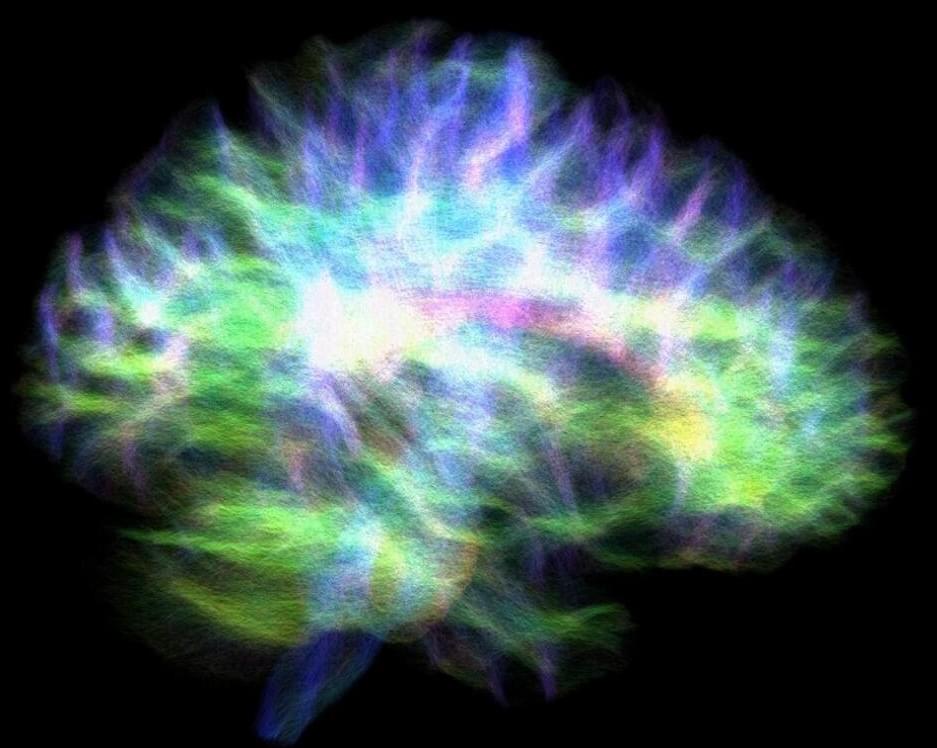
It holds an enigmatic result regarding connectivity between the hippocampus and other parts of the brain.
Researchers have created the most detailed map ever made of the human brain — specifically the communication links between the hippocampus. This part of the brain is the section that controls memory, particularly long-term and short-term memory, along with spatial memory, a type of memory that allows for the recollection of location. The research team consisted of scientists from the University of Sydney’s Brain and Mind Center in Australia.
“What we’ve created is a highly detailed map of white matter pathways connecting the hippocampus with the rest of the brain. It’s essentially a roadmap of brain regions that directly connect with the hippocampus and support its important role in memory formation,” said Dr. Marshall Dalton, a research fellow in the School of Psychology at the University of Sydney.
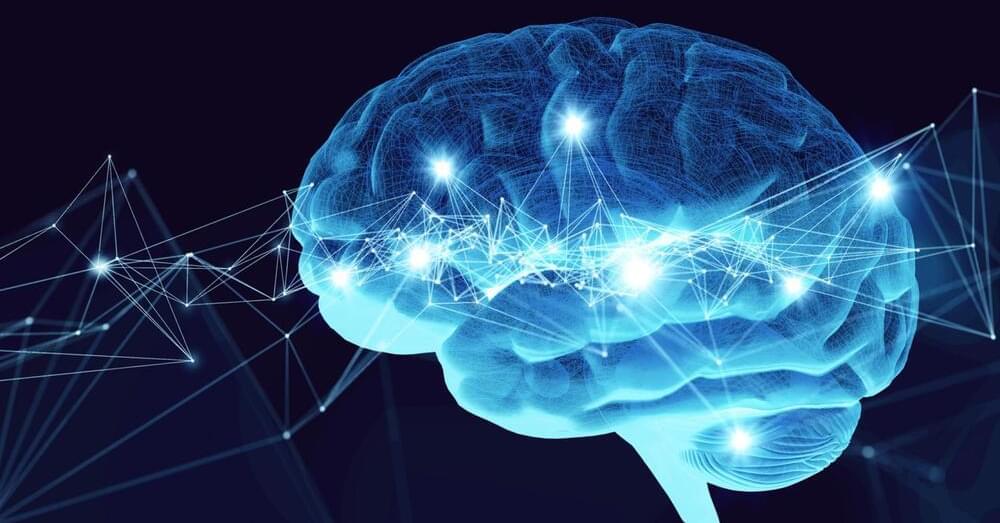
The magnetic material emulates learning that occurs in the brain during deep sleep.
Researchers have developed a material that can replicate the way the brain stores information. The material works by copying the synapses of neurons, allowing it to mimic learning that occurs during deep sleep. The team of researchers, from the Universitat Autònoma de Barcelona (UAB), built the magnetic material using a type of computation called neuromorphic computing.
Neuromorphic computing is a computing concept that uses artificial neurons to mimic behavior of the brain and the synaptic functions, or communication signals, of neurons.
Metamorworks/iStock.
The study was published in the journal Materials Horizons.
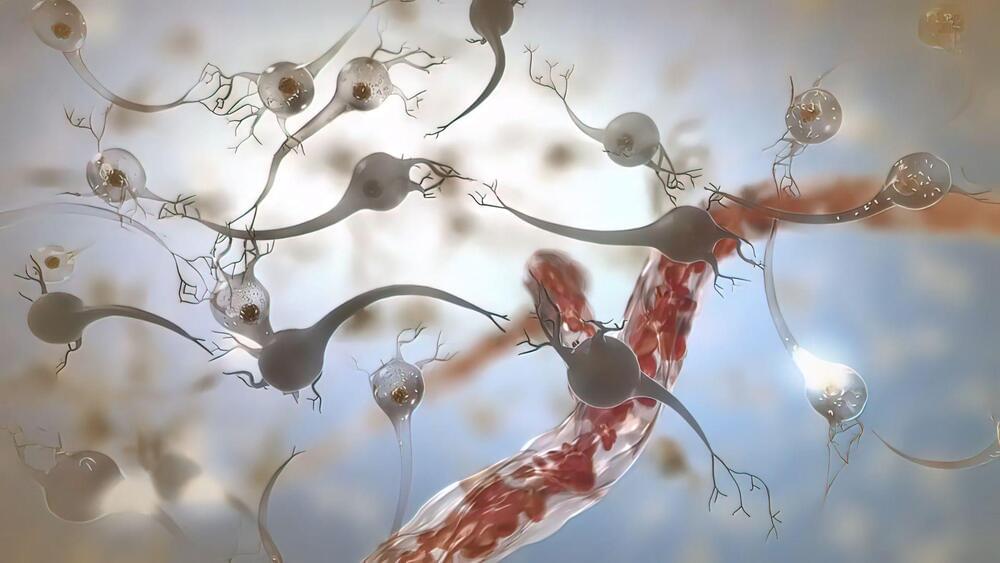
All they need is electrical stimulation, and once activated, they re-establish the lost connection between different regions of the spinal cord.
Imagine you are stuck inside a room, you want to get out, but your body is not moving. No matter how hard you try, you are unable to move your body parts. You are not even able to move your finger, how would you feel? Well, that’s what chronic paralysis feels like.
Unfortunately, there is no known permanent cure for this neurological disorder, and this is what makes the situation worse. The physical and mental struggle that a patient with chronic paralysis goes through is unimaginable.
Ozgu Arslan/iStock.
However, a team of international researchers has recently made nine patients with severe spinal cord injuries (SCIs) walk again. They claim to have identified neurons that can restore mobility in patients with SCI. This new and interesting development raises great hopes for people suffering from chronic paralysis.

Meta, Twitter employees, and eagles all appear to be in the same boat.
Drone-hunting eagles have reportedly been laid-off by the Swiss government due to concerns about the welfare of the birds, which awkwardly follows the recent tech industry layoffs, including Meta’s announcement on November 9 to let go of more than 11,000 employees.
The anticipated 2022 tech layoffs have not just dug their claws into drone-grounding eagles that were employed to hunt down the technology, but the tech industry itself, according to an article by Gizmodo on Tuesday.

Why does the world’s richest person need more cash?
Days after agreeing to acquire Twitter for his initial offer of $44 billion, Elon Musk sold off Tesla stock worth nearly $4 billion in the days between November 4 and November 8, the Wall Street Journal.
Last year, Musk became the world’s richest person riding on the stock value of his electric car-making company, Tesla. At its peak price of $410 a piece, Musk’s personal worth reached a never-before figure of $340 billion last year. As we turned into the new year, Tesla stock started shedding the rapid gains, and as 2022 draws to a close, it is now down 45 percent, a Bloomberg report said.
Researchers at Pacific Northwest National Laboratory (PNNL) are studying the atomic-level changes in metals undergoing shear deformation in order to deduce the effects of physical forces on these materials, according to a report by Phys.org published on Monday.
The work could lead to many new and improved applications such as longer-lasting batteries and lighter vehicles.
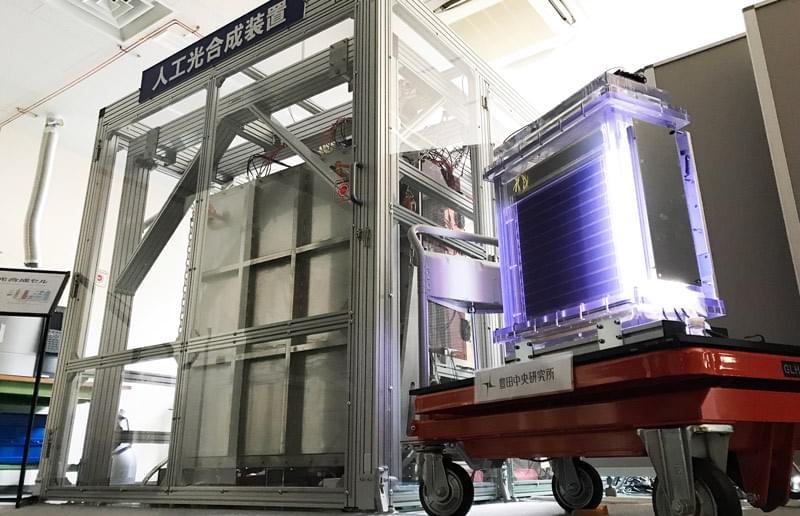
In 2021, researchers from Toyota Central R&D Labs developed a large, cost-effective artificial photosynthesis system that produces industrial formate at a solar-to-chemical conversion efficiency (ηSTC) of 10.5%1. Researchers from the lab say that, to their knowlege, this ηSTC is a first for a one metre squared cell.
Within the next 10 years, the company aims to establish artificial photosynthesis technology for wide-scale production of useful carbon compounds.
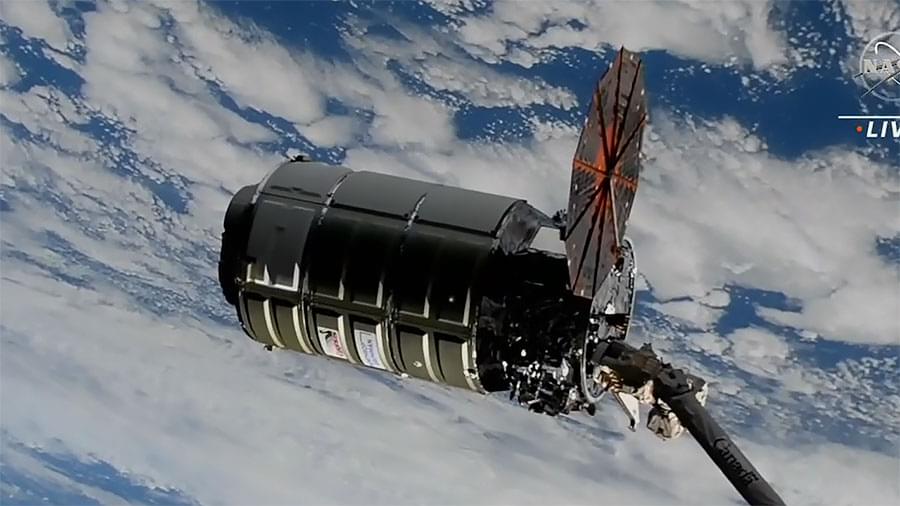
At 5:20 a.m. EST, NASA astronaut Nicole Mann, with NASA astronaut Josh Cassada acting as backup, captured Northrop Grumman’s Cygnus spacecraft using the International Space Station’s Canadarm2 robotic arm. Mission control in Houston will actively command the arm to rotate Cygnus to its installation orientation and then to guide it in for installation on the station’s Unity module Earth-facing port.
NASA Television, the NASA app, and agency’s website will provide live coverage of the spacecraft’s installation beginning at 7:15 a.m.
The Cygnus spacecraft launched Monday on an Antares rocket from NASA’s Wallops Flight Facility, Virginia at 5:32 a.m. This is Northrop Grumman’s 18th commercial resupply mission to the International Space Station for NASA. The Cygnus spacecraft is carrying a supply of 8,200 pounds of scientific investigations and cargo to the orbiting laboratory.